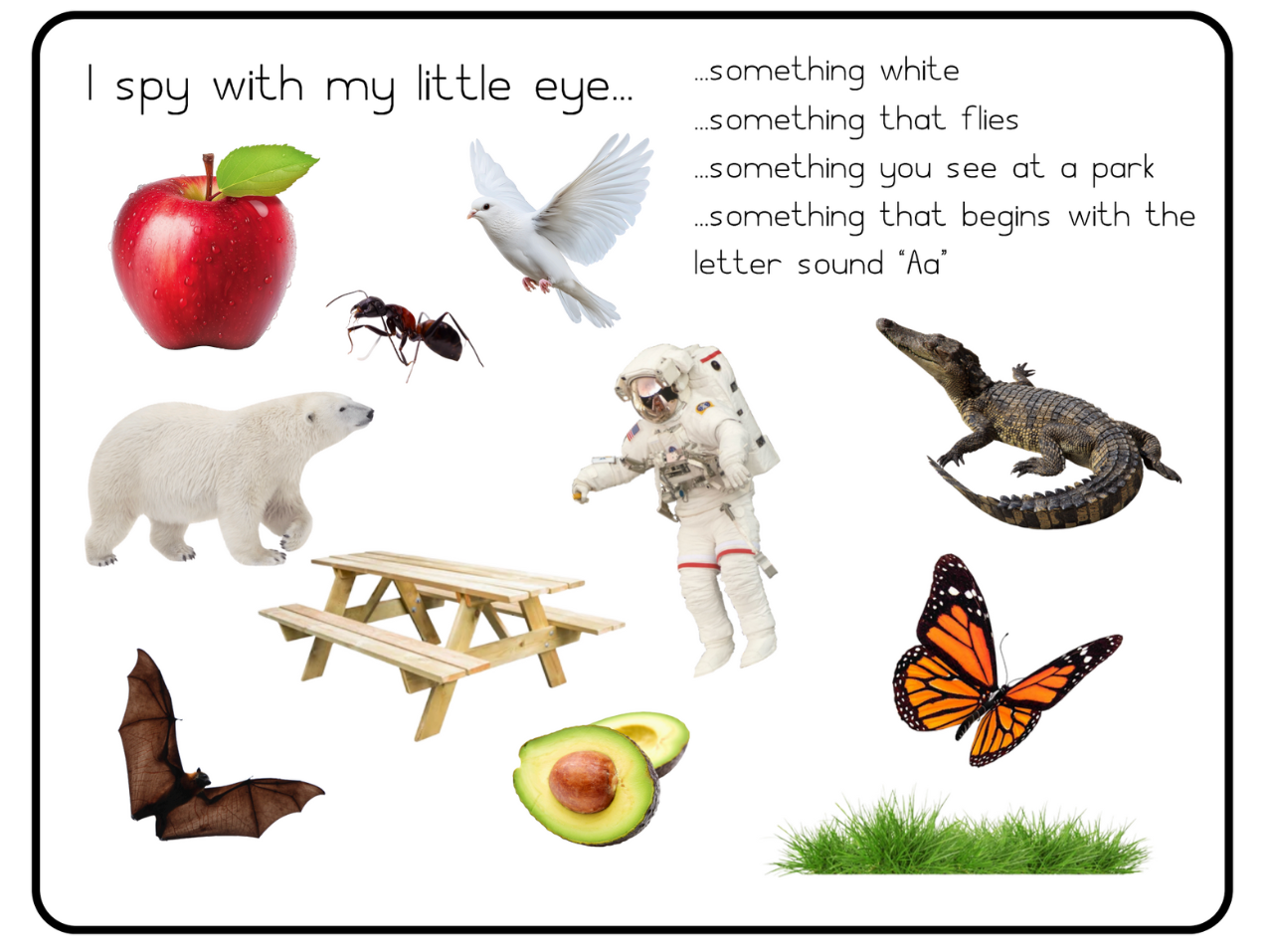Menu
-
-
Shop Holiday Items
-
Shop Gifts By Age
- Gifts For a 0-6 Month Old
- Gifts For A 6-12 Month Old
- Gifts For A One Year Old
- Gifts For A Two Year Old
- Gifts For A Three Year Old
- Gifts For A Four Year Old
- Gifts For A Five Year Old
- Gifts For A Six Year Old
- Gifts For A Seven Year Old
- Gifts For An Eight Year Old
- Gifts For A Nine Year Old
- Gifts For A Ten Year Old
-
Shop Gifts By Budget
- New Arrivals
-
Toys
- Large Active Toys
- Animal Toys
- Arts & Crafts
- Award-Winning Toys
- Bath Toys
- Birthday Wishlists
- Building Toys
- Cars, Trains, & Trucks
- Games
- Instruments
- Loose Parts Play
- Loot Bag Toys
- Made in Canada
- Outdoor Toys
- Pretend Play
- Puzzles
- Sensory And Fidget Toys
- Sensory Bin Tools & Fillers
- STEM Toys & Activities
- Toronto-Themed Gifts
- Travel Toys
- Wooden Toys
- Waiting Room Toys & Furniture
-
Montessori Materials
- Montessori At-Home Program
-
Montessori Furniture
-
Bundles & Sales
-
Books
-
Shop By Age
-
Shop By Brand
- Brands A-F
- Brands G-L
-
Brands M-R
- MagicPlaybook
- Magna Tiles
- Make Believe Ideas
- Makedo
- Manhattan Toys
- Math for Love
- Milaniwood
- MindWare
- Mojo Toys
- Moluk
- Moulin Roty
- Native Northwest
- nic
- Nienhuis
- Ooly
- Opinel
- Ostheimer
- Papoose
- Peaceable Kingdom
- Plan Toys
- Plus-Plus
- Preschool Collection Watches and Timers
- Ravensburger Puzzles
- Real Life Pages
- Brands S-Z
-
- 866-901-4696
- Gift Registry
- Login


The Montessori Approach To Dealing With Tantrums
4 min read
Imagine you had a really hard day at work. You made a mistake that’s not easily fixable and your boss is upset.
Then, on the drive home, someone behind you lays on their horn because they think you didn’t turn left fast enough.
AND THEN, you quickly pop into the grocery store but as you’re leaving, one of your grocery bags rips open and food spills all over the parking lot.
You finally get home, collapse on the couch, and start ranting about your day to your partner.
In response, they simply look at you and say, “I can’t be around you when you’re like this”, walking into the kitchen.
What do you do?
Well, you’re likely annoyed at the very least. Understandable!
No one likes to feel frustrated or overwhelmed and when we do, often the only thing we want is a sympathetic ear.
Now imagine you’re also a 1, 2 or 3 years old feeling that way but you don’t have the life experience or language skills to understand and articulate how you are feeling.
No, your toddler didn’t have a hard day at the office BUT every day they’re faced with their own toddler challenges.
And when we can start from a place of understanding at the beginning of a meltdown, it can be easier to stay in control and help them through it, without you both ending up frustrated.

Preventing Tantrums
Ok that title is a bit misleading. You can’t actually prevent tantrums altogether. There’s just too many big emotions in toddlers. A granola bar breaking can cause one and unfortunately no one has invented magic granola bar glue :)
BUT there are some things we can do to minimize their frequency:
- Stick to a Routine
-
Make Transitions Easier
Transitions are the times when your child is asked to move from one activity to the next, for example: “Lunch is ready. It’s time to put your toys away.”
During transitions, it can be helpful to give your child a warning about the upcoming change in activity. You can do this with some sort of a cue, like setting a timer. “Lunch is going to be ready in 5 minutes. I’m setting the timer, and when you hear it go off it’ll be time to come to the table and eat.” This takes some practice, so don’t give up if it doesn’t work the first few times.
- Limit Choices
As your child approaches the age of 3, this becomes even more important to them. However, at this age, they can still become easily overwhelmed so limit the number of choices to 2, for example, “Do you want a banana or strawberries?” or “Do you want to wear the green shirt or the red shirt?”
When you start offering choices at a young age, you are teaching your child the important tool of decision-making.
Of course, there are times when choices are not appropriate. Situations dealing with safety and respect for ourselves, the environment, and others are not a choice.
-
Avoid Yes or No Questions
If you give a toddler an opportunity to say no, 9 times out of 10 they’ll take you up on that :)
For example, rather than asking “Do you want to tidy up?” say “It’s time to tidy up. I can help you or you can do it by yourself.” If they get frustrated or are old enough to say “NO!”, get down on their level and repeat the request.
In this scenario, if your child is visibly upset and not tidying up, you can get down on their level and say “I can see that you don’t want to tidy up right now. I am going to help you.”

De-Escalating Tantrums
Once a toddler’s emotions are elevated, there are a couple things you can to help them calm down:
-
Validate your child’s emotions - Be their interpreter and translator. Validation is a powerful tool. For example: When your child is visibly frustrated, get down on their level with a calm voice and say “I can see you are very frustrated right now. How can I help?” or let’s say they’re upset because they wanted buttered noodles for dinner but tonight’s menu calls for rice, you could say “I hear you. You wanted buttered noodles but tonight we are having rice. We can have buttered noodles tomorrow.”
-
Avoid lecturing - Use limited words. Going on and on will just cause them to tune you out.
-
Get down at their eye level - It can feel more comforting to speak to your child at eye level rather than towering over them. If possible, you can even get below their eye level.
-
Connect before correction - you can’t correct a situation when a child is still upset. Help them relax before attempting to discuss whatever is bothering them. You can offer a hug, have them take some deep breaths, use a ‘positive time out space’ like a cushioned area where they can relax for a few minutes, or just simply be with them until they’ve calmed down.
- Remember that mistakes are always opportunities to learn - if you do happen to lose your cool, take a breath, and give yourself some grace. This is a great opportunity to model that it’s ok to make mistakes and demonstrate how to say sorry when you do.
And if today’s been an especially challenging day for any reason, know that you really are doing the best you can, even if it doesn’t feel like it.
These heightened emotions are perfectly developmentally normal and are no indication that you’re a bad parent!
Join Our Montessori Community
Sign up to get weekly activities, free printables, Montessori parenting guidance, and so much more.
Plus, get $10 off your first order of $100+.
Like this article? Get new articles, weekly activities, free printables, Montessori parenting guidance, and so much more.
One mom recently shared:
"Your newsletter is always SO great. It is one of the few I open and read weekly. You provide so much value. Thank you!"


